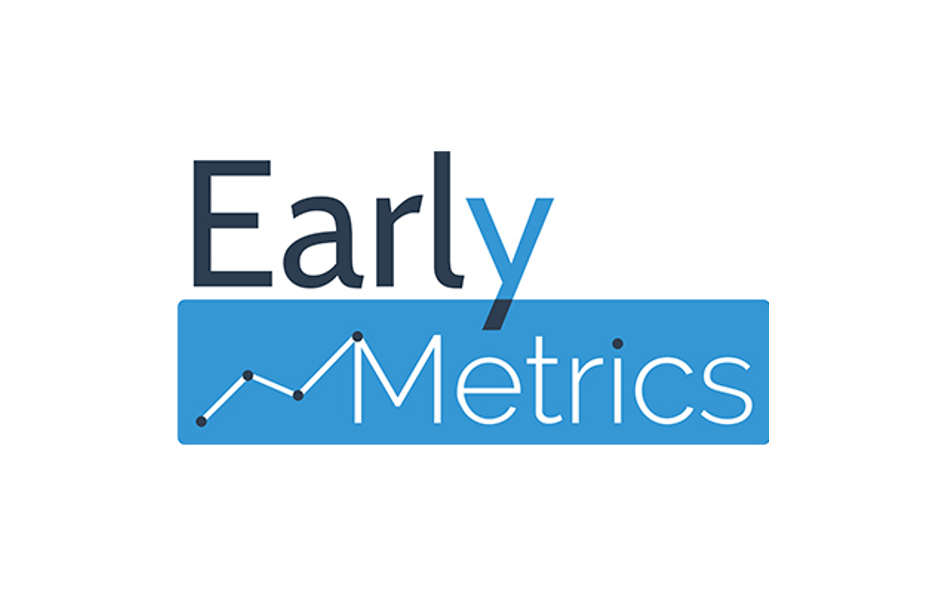
Pierre et Vacances Center Parcs (PVCP) is the European leader in local tourism. The Group develops innovative leisure and holiday concepts in respect of the environment in order to offer its clients the most attractive seaside, mountain, countryside and city-centre destinations.
With 282 destinations in Europe, 45k appartements, homes and cottage and almost 8M customers for 12.6k employees, the company is an unmissable player of tourism in Europe.
PVCP has a large online activity, with ~8M visitors per month on it’s website, and ~50% of its revenues generated online. As such, monitoring and improving its online conversion is critical to improve the group performance.
“ Datama in Tableau provides a detailed and actionable analysis of our conversion which allowed us to significantly improve our results”
Gregory Sion
CEO , Pierre et Vacances Center Parcs
Explaining Conversion variation from Google Analytics in Tableau
Online conversion is a key indicator of website performance. It is basically defined as the ratio between the number of people that purchase on your website, and the number of people that visits your website.
Conversion analysis is a recurring task of a web/ data analyst in large online organizations. At PVCP, each week, online conversion is compared to the same week last year (in order to net seasonality effect). Any significant variation needs to be precisely explained, as it allows to quickly decide on corrective actions coming from technical or business issues.
At PVCP as in many organizations, Google Analytics is the tool used to collect conversion data. This data is then stored and accessible through Google Big Query. A set of data engineering tasks are performed on a daily basis for reporting purposes, in order to transform, enrich and aggregate this data.
Pierre et Vacances Center parcs has been a Tableau customer for about 2 years. Tableau connects to the transformed tables in Big Query and allows to easily visualize and manipulate those large volumes of data, and share the results in common reports through all the organization.
Getting faster to the insight with Datama in Tableau
“ Analysing each dimension and each step of the conversion funnel manually can be quite long. Datama in Tableau is a huge time saver for us. It allows to focus precisely on the thing that goes wrong and explain it in a clear and visual way”
Charlotte d’Huart
Web Analyst and AB Test specialist, Pierre et Vacances Center Parcs
One of the main pain points of conversion analysis is that it can be pretty time consuming and hard to sum up. There are a lot of dimensions that can cause the gap, and that one may want to drill down on : device, market, acquisition channels… Similarly, behind the conversion KPI, there are a lot of sub-indicators: bounce rate, engagement rate, conversion of each step of the funnel, from search to payment…
All of this made it really hard to build a dashboard that is actually actionable, or even understandable by users. It was basically a large pivot table with all KPIs and their variations Year over Year, splittable by any dimension. The big green/red table that everyone has seen once… and had a hard time in making up a comprehensive story
BEFORE: The Center Parcs Weekly performance dashboard in Tableau as a large table:

Pierre et Vacances Center Parcs has been working with Datama since 2017. Datama has a unique approach to dissect those types of analysis, by reconciling all the sub PIs into a macro KPI, and scoring the interest of each dimension to explain the gap, including mix effect analysis, and showing only what matters.
Through the Datama extension for Tableau, the analytics team was able to provide its internal customers with a clear vision of what was going on, in the form of a dynamic waterfall and associated bullet points. Not only does this allow internal customers to better assess the real impact of each variation in terms of revenues on the website, but it also helps them to focus on what really matters in an 80/20 approach without any time needed for the analysis.
The result is a huge time saver in time to insight: generating the bullet points that Datama provides automatically in Tableau was typically taking half a day to an analyst, and now comes in seconds directly in front of internal customers. The analyst can then focus on understanding what’s not already in the data (i.e. the human or operational reasons behind the numbers) and help to decide corrective actions. The bottleneck in the value creation process is removed from the analysis teams, and empowers the business & technical teams with the right insights to implement this value.
AFTER: Datama powered waterfall and bullet points in Tableau weekly performance:

Replicating Datama approach in digital analysis
“ Datama automates recurrent analysis without any compromise on the quality of insight. On top of that, it presents conclusions & factors in an intuitive manner, understandable by different types of users.”
Fanjuan Shi
Group Director of Data, Acquisition & Activation, Pierre et Vacances Center Parcs
After this first successful implementation, the analytics team has continued integrating Datama in other Tableau reports and ad-hoc analysis: on top of Year over Year conversion analysis, the team is regularly faced with other complex gap analysis, including offline sales explanation, media analysis, or AB test read outs.
As such, Datama tools have been integrated in multiple analytics frameworks, as the analytics team identifies more and more use cases, and internal customers get familiar with the approach and result.








